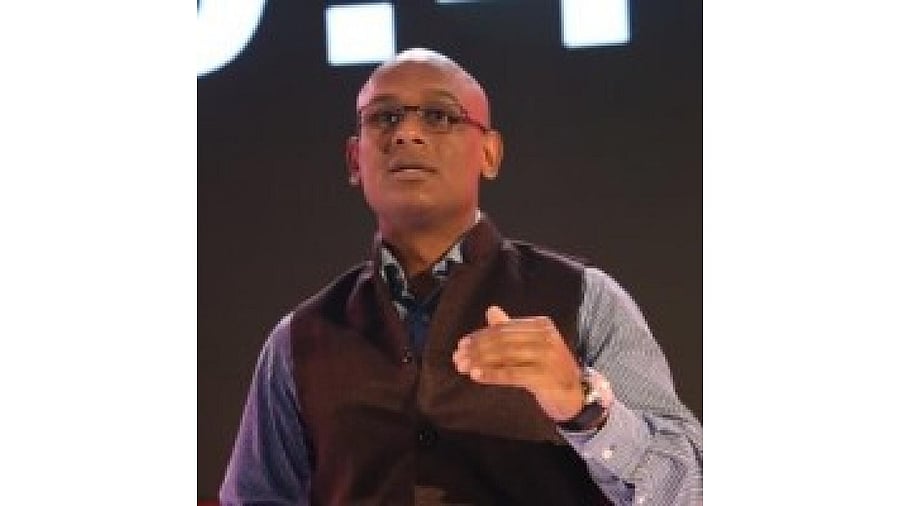
While at a nascent stage, India’s business-to-business e-commerce sector is growing rapidly and is expected to surpass $100 billion in gross merchandise value or total sales by 2027. In this backdrop, Koteshwar LN, who heads business at Flipkart Wholesale sat down with DH’s Shakshi Jain to discuss some industry trends alongside the digital B2B platform’s plans moving forward and his insights on Indian retailers.
Edited excerpts.
Do you plan to continue on the omnichannel path?
Absolutely. The offline part is going to remain. The retailer in India - the 12 million which we’re talking about from the grocery perspective - has different behaviour. Can we do everything online? At some point in time online will be the majority of it. Even now it is the majority but the retailer still wants to go to the stores, maybe once a month. They want the touch and feel part of it, look at the multiple options. They have time. When we reach a point where the offline mode is completely irrelevant, if it is, then we’ll think of it. In my opinion, it is not going to happen any time soon. You have to be there where the customer needs you, so the whole offline model will be required. So we strongly believe both the offline model and the online model will exist because the way the customer is behaving is still in that manner.
Any plans of scaling in existing categories or expanding into new areas?
What we refer to as grocery includes personal care, home care, packaged foods, beverages, everything in staples, fresh category which is dairy, F&B, frozen category and general merchandise which is a huge category. Fashion, I would say, is very limited.
Are we going to add full-time fashion and full-time electronics? No. We’re not into that.
Kindly comment on Flipkart Wholesale’s financial performance this year.
We probably are growing faster than the industry. We have a very, very strong bottom line. There is a lot of consolidation so there are very limited players. Everyone is going through so much flux that their numbers are not stable. Our numbers are very stable, we are growing steadily month-on-month since January, in absolute numbers. In fact, that growth is going to be much higher in the third and fourth quarters. So, by the end of the year, we should be in a very good spot.
What are you doing differently to achieve this stability?
What we have done which the industry did not do is we don’t depend on bulking. When you do wholesale there are two parts of it - one is you make sure that you do a lot of retailing, reach many more stores. The second way of doing it is you basically cut the rates and go to the bigger traders and you just bulk it to them. The second one is not a sustainable business. The industry used to do it for a long time because they wanted to focus on the topline. So, we took a lot of hard calls the previous year and we are not focussing on bulking. We put in the effort in the past 6-9 months and now we are seeing the difference. We also did a lot of structural changes internally. So now we’re in a spot where we’re growing month-on-month, both in topline and bottomline.
What have been some of your key learnings about the Indian retailer, from your experience on ground?
The fact that the Indian retailer is probably the most intensive person in India is very, very clear - extremely value conscious with a very good hang of what works in a particular region, phenomenally good at figuring out the whole cash flow and a huge focus on delivery timeline. They have a very complex grid in their mind and they process it with phenomenal ease. Every retailer understands the market, his/her customers - what they need and adapt very quickly to it.
